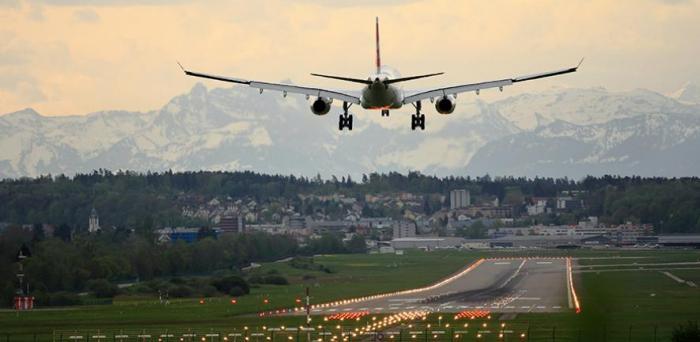The simulator will capture the whole aviation sector, from the sources of renewable electricity and raw materials to the production and transport of fuel, and the introduction of new aircraft technologies and operations. Leaders in industry and government will gain an understanding of the potential for change and the trade-offs between decisions. The simulator will guide innovation, investment and policy action, and provide educational benefits.
The AIA is led by the Whittle Laboratory and the Cambridge Institute for Sustainability Leadership (CISL).
“Achieving an aviation sector with no climate impact is one of society’s biggest challenges,” said Professor Rob Miller, Director of the Whittle Laboratory and co-lead of the project. “Solving it will require a complex combination of technology, business, human behaviour and policy. We have assembled a world-class team of academics and industry experts to take on this challenge.”
Users of the simulator will be able to simulate future scenarios to 2050 and calculate the resource requirements, such as renewable electricity and land use, the climate impact, both CO₂ and non-CO₂, and the cost of flying.
Options include the type of energy used, such as hydrogen, batteries and a range of sustainable aviation fuels, the type of aircraft and aircraft technologies, the way in which aircraft are operated, and the value judgments made by the public and government. The simulator will take a whole system approach – from the source of the electricity to the methods of fuel production and transport – to the passenger journey.
Image: Plane landing in Zurich
Credit: Photo by Pascal Meier on Unsplash
Reproduced courtesy of the University of Cambridge
